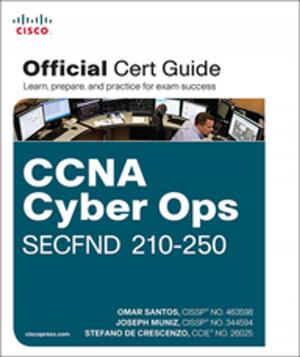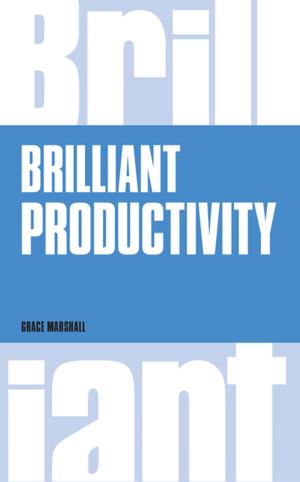Patterns of Information Management
Nonfiction, Computers, Programming, Object Oriented Programming, Business & Finance, Industries & Professions, Information Management| Author: | Mandy Chessell, Harald Smith | ISBN: | 9780133155525 |
| Publisher: | Pearson Education | Publication: | May 2, 2013 |
| Imprint: | IBM Press | Language: | English |
| Author: | Mandy Chessell, Harald Smith |
| ISBN: | 9780133155525 |
| Publisher: | Pearson Education |
| Publication: | May 2, 2013 |
| Imprint: | IBM Press |
| Language: | English |
Use Best Practice Patterns to Understand and Architect Manageable, Efficient Information Supply Chains That Help You Leverage All Your Data and Knowledge
In the era of “Big Data,” information pervades every aspect of the organization. Therefore, architecting and managing it is a multi-disciplinary task. Now, two pioneering IBM® architects present proven architecture patterns that fully reflect this reality. Using their pattern language, you can accurately characterize the information issues associated with your own systems, and design solutions that succeed over both the short- and long-term.
Building on the analogy of a supply chain, Mandy Chessell and Harald C. Smith explain how information can be transformed, enriched, reconciled, redistributed, and utilized in even the most complex environments. Through a realistic, end-to-end case study, they help you blend overlapping information management, SOA, and BPM technologies that are often viewed as competitive.
Using this book’s patterns, you can integrate all levels of your architecture–from holistic, enterprise, system-level views down to low-level design elements. You can fully address key non-functional requirements such as the amount, quality, and pace of incoming data. Above all, you can create an IT landscape that is coherent, interconnected, efficient, effective, and manageable.
Coverage Includes
- Understanding how a pattern language can help you address key information management challenges
- Defining information strategy and governance for organizations and users
- Creating orderly information flows you can reuse and synchronize as needed
- Managing information structure, meaning, and lifecycles
- Providing for efficient information access and storage when deploying new IT capabilities
- Moving information efficiently and reliably to support your processes
- Determining how information should be processed and maintained
- Improving quality and accessibility, and supporting higher-value analytics
- Protecting information via validation, transformation, enrichment, correction, security, and monitoring
- Planning new information management projects in the context of your existing IT resources
Use Best Practice Patterns to Understand and Architect Manageable, Efficient Information Supply Chains That Help You Leverage All Your Data and Knowledge
In the era of “Big Data,” information pervades every aspect of the organization. Therefore, architecting and managing it is a multi-disciplinary task. Now, two pioneering IBM® architects present proven architecture patterns that fully reflect this reality. Using their pattern language, you can accurately characterize the information issues associated with your own systems, and design solutions that succeed over both the short- and long-term.
Building on the analogy of a supply chain, Mandy Chessell and Harald C. Smith explain how information can be transformed, enriched, reconciled, redistributed, and utilized in even the most complex environments. Through a realistic, end-to-end case study, they help you blend overlapping information management, SOA, and BPM technologies that are often viewed as competitive.
Using this book’s patterns, you can integrate all levels of your architecture–from holistic, enterprise, system-level views down to low-level design elements. You can fully address key non-functional requirements such as the amount, quality, and pace of incoming data. Above all, you can create an IT landscape that is coherent, interconnected, efficient, effective, and manageable.
Coverage Includes
- Understanding how a pattern language can help you address key information management challenges
- Defining information strategy and governance for organizations and users
- Creating orderly information flows you can reuse and synchronize as needed
- Managing information structure, meaning, and lifecycles
- Providing for efficient information access and storage when deploying new IT capabilities
- Moving information efficiently and reliably to support your processes
- Determining how information should be processed and maintained
- Improving quality and accessibility, and supporting higher-value analytics
- Protecting information via validation, transformation, enrichment, correction, security, and monitoring
- Planning new information management projects in the context of your existing IT resources















